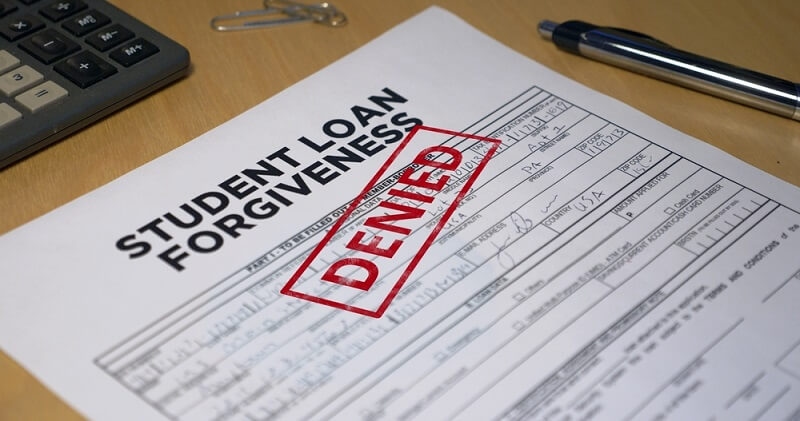
Student loan debt made simple can be a game-changer for anyone beginning their financial journey. With the cost of education on the rise in the United States, student loans have become a way of life for millions of Americans. Whether you’re preparing for college, already in repayment, or searching for relief options, it’s essential to know the difference between federal student debt basics and private loans, explore student loan forgiveness options, and understand repayment strategies.
This guide is designed to break down student loan debt step by step, so beginners can feel more confident navigating the financial challenges of borrowing for education.
The U.S. Department of Education provides federal loans, typically the most borrower-friendly choice. They have protections and benefits that a private lender cannot offer. Knowing these federal student debt fundamentals is essential before you borrow any loans—or if you already do and want to find out about repayment relief.
When evaluating student loan debt defined for beginners, one of the most significant concerns is how private loans differ from federal loans. The differences are substantial regarding repayment flexibility, interest, and relief.
Now that you understand the key differences, let us compare interest rates.
Federal loans may not cover the whole cost of education, and private loans may be a good option for filling funding gaps. However, private loans do not have the consumer protections that come with federal student loans, so be careful when financing private loans.

For most borrowers, one of the most enticing relief routes is forgiveness. Your loan balance being erased might seem too good to be true, but some reputable programs exist.
Public Service Loan Forgiveness (PSLF)
Teacher Loan Forgiveness
Income-Driven Repayment Forgiveness
State and Employer Programs
Repaying effectively can save you thousands of dollars and minimize stress. Here are the most important strategies that every new borrower must know.
Consolidation is another term that is usually puzzling. Knowing how it is done can help make the repayment more manageable and even get better repayment terms.
Federal loan consolidation blends several federal loans into a new loan with a single payment each month. Your new interest rate is a "weighted average" of the interest rates of your current loans.
Forgiveness isn't the only solution. If borrowers are having trouble with repayment, they can also consider these types of relief:
As you explore the options for student loan debt explained in-depth, a student loan relief option that works for some may not be the best fit for you. The difference comes down to your income, career path, and where you envision your life and finances in the long run. Plan on working in public service. Federal student debt basics, such as the Public Service Loan Forgiveness program, may be your most effective solution—every situation will be unique. Similarly, if you have multiple loans, a loan consolidation may help you with several payment schedules, whereas income-driven repayment plans may also be your best option. The distinction between private loans and federal loans is also critical.
In most cases, borrowers with federal debt tend to have various student loan relief options. If, instead, you primarily deal with private loans, student debt relief will likely consist of refinancing and considerations of budgeting. Evaluating your preferences and potential situations will ensure you are making the best decision for your financial situation, both in terms of immediate relief and long-term economic success.
"Student loan debt for dummies" is not just about definitions; it's about getting you information that will help you make good decisions. Whether you are a new borrower or elbow deep into repayment, understanding the basics of federal student debt, comparing private loans versus federal loans, researching forgiveness, and learning about repayment strategies will help you take control of your finances again.
Don't wait until you're buried. Gather your loans, know your repayment and forgiveness options, and devise a reasonable plan. With the correct information and a plan, you can repay your student loan debt and achieve financial freedom.
This content was created by AI